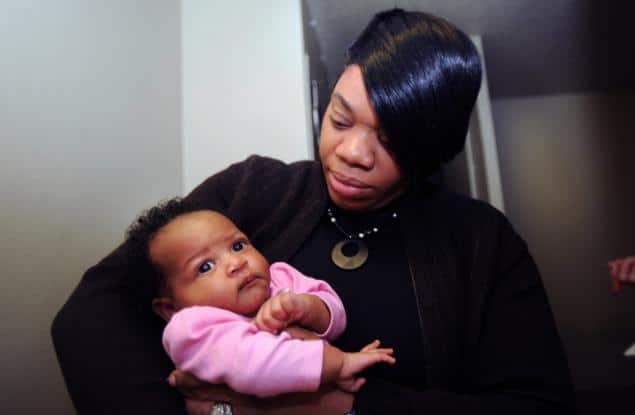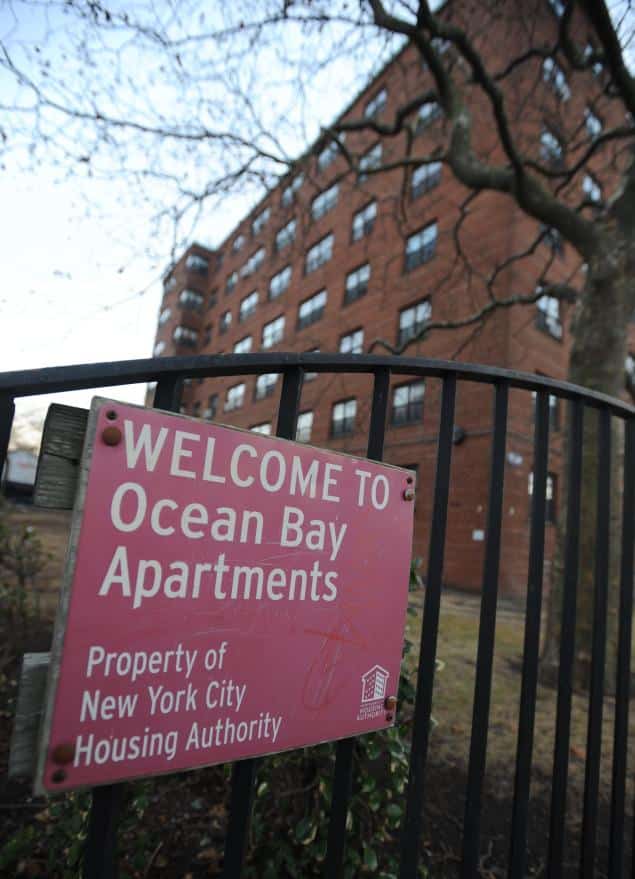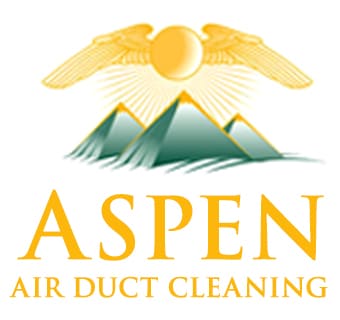Baby Diagnosed with Upper Respiratory Infection after Mold Exposure
Little Amelia was born 20 days after Hurricane Sandy struck her family's Rockaways apartment in New York. At seven-weeks-old and breathing in foul mold, she's been diagnosed with an upper respiratory infection.
Pay special attention to the article's statement that the mold returned after scrubbing, noting that Aspen always stresses professional mold removal so mold does not return. Many so-called mold removal companies don't do that.
Hurricane Sandy arrived in little Amelia Council's life a mere 20 days after she was born and since then she's been suffering the consequences.

Amelia was trapped with her family in a public housing apartment in the Rockaways the night Sandy struck and lived for weeks in a world without electricity, hot water or heat.
Mold formed on her window sills and kept coming back after repeated scrubbing. Last week, at the vulnerable age of 7 weeks, Amelia was diagnosed with an upper-respiratory infection.
"She started breathing a little funny," said Amelia's grandmother, Rose Council, who suffers from asthma. "Maybe a week later that's when my chest started tightening up more . . . I started smelling mildew in the building itself."
Amelia, who lives in the Ocean Bay Houses, is one of hundreds of New York City Housing Authority residents who have spent weeks in apartments contaminated by mold spurred by Hurricane Sandy's toxic floodwaters.
Ocean Bay Houses was contaminated by mold after being pummeled by Hurricane Sandy.
NYCHA began wiping down water-damaged units nearly a month after the storm. Some apartments are so badly contaminated residents say they are being told they have to leave.
All told, 400 NYCHA buildings were adversely affected by the storm in the Rockaways, Coney Island, Red Hook and lower Manhattan. In most of these buildings, water flooded basements and destroyed boilers and electrical switches.
In some buildings, water rose up through the floor to enter apartments, creating perfect conditions for mold.
Last week Rep. Jerrold Nadler (D-Manhattan/Brooklyn) demanded that the U.S. Environmental Protection Agency test such apartments immediately.

"It is unclear whether these homes are safe from mold, sewage or other hazardous substances that could adversely affect residents' health," he wrote.
EPA officials are reviewing Nadler's request.
The EPA and the Federal Emergency Management Agency have made clear the dangers posed by water-borne toxins and the mold that follows flooding.
On Friday, NYCHA Chairman John Rhea said the agency has so far identified 437 first-floor units that require inspection for water damage, but a final tally is not yet complete. To date, 3,602 units have been identified "in need of cleaning."
At Ocean Bay, seawater surged to knee level in the first-floor units at most of the development's 24 buildings. After it receded, the black stain of mold began to appear.
For weeks, residents say no one came to clean out these apartments. Aria Doe, who runs the non-profit Action Center at Ocean Bay, said because there was no cleanup, mold flourished and moved to upper floors.
Last week she pointed to black mold spotting the wall next to windows and creeping across the ceiling of a sixth-floor apartment.
"The 80-year-old tenant looked at me and said, 'When are you going to get me out of here?' " The tenant was clearly distraught during a visit by The News.
Rose took Amelia to a clinic where the infant was given oxygen. Her breathing has improved since then, Rose said, but said she needs a better environment for her granddaughter.
Last week, NYCHA contractors wearing white hazmat suits showed up and began scrubbing down walls.
In some cases, contractors told residents to wear surgical masks inside their apartments. Some were told they would have to leave as soon as a new apartment could be found.
One such resident, Valerie Stevens, lives in a first-floor unit where floodwater filled the basement, then poured through gaps in the floor into her apartment until it reached her knees.
Stevens, 48, had respiratory problems before Sandy, but says it got worse with the growing presence of mold in the air.
"Housing told me that it'll make you sick," she said. "The whole closet was infested with mold. It's hard to breathe. That's why I had to take my bed out of my room and move it into the living room."
"When the heat came on, the smell was even worse," said her son, Robert Price.
Stevens repeatedly mops everything in sight — and still the mold returns. NYCHA told her the problem is so bad they'll have to pull up floors and rip out walls. Meanwhile, she says, they've promised to move her out.
As of Friday, NYCHA has yet to finish wiping down the apartment. When The News visited, Stevens' grandchildren played in a room where the black stain lurked in the corners.
In another apartment across Ocean Bay, 7-week-old Amelia Council awoke from her nap, blinking. Her breathing rattled a bit in her tiny chest.
A surgical mask sat on top of Powerball tickets; a breathing device to help her grandmother, Rose — who suffers from asthma — sat on the dining room table.
Rose, 46, says mold started showing up in the window frames of her sixth-floor unit after the storm struck. Like Stevens, she scrubbed again and again with Clorox but it kept coming back.
Last week she noticed her chest tightening, and her granddaughter begin to wheeze. She visited a volunteer clinic set up by the Action Center, where she and Amelia were given oxygen from a machine.
"She's much better now," she said, cradling Amelia in her arms. "I need a better environment for breathing."
